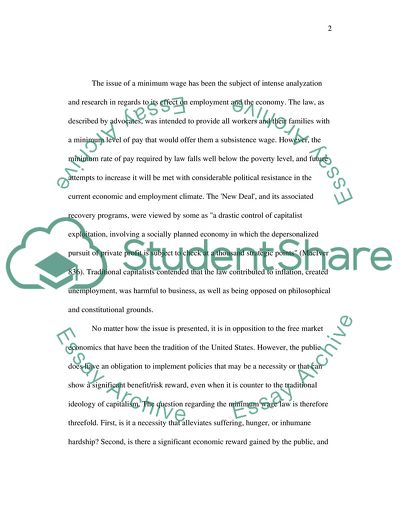Cite this document
(The Minimum Wage Law Research Paper Example | Topics and Well Written Essays - 3750 words - 1, n.d.)
The Minimum Wage Law Research Paper Example | Topics and Well Written Essays - 3750 words - 1. Retrieved from https://studentshare.org/law/1722777-public-policy
The Minimum Wage Law Research Paper Example | Topics and Well Written Essays - 3750 words - 1. Retrieved from https://studentshare.org/law/1722777-public-policy
(The Minimum Wage Law Research Paper Example | Topics and Well Written Essays - 3750 Words - 1)
The Minimum Wage Law Research Paper Example | Topics and Well Written Essays - 3750 Words - 1. https://studentshare.org/law/1722777-public-policy.
The Minimum Wage Law Research Paper Example | Topics and Well Written Essays - 3750 Words - 1. https://studentshare.org/law/1722777-public-policy.
“The Minimum Wage Law Research Paper Example | Topics and Well Written Essays - 3750 Words - 1”, n.d. https://studentshare.org/law/1722777-public-policy.


